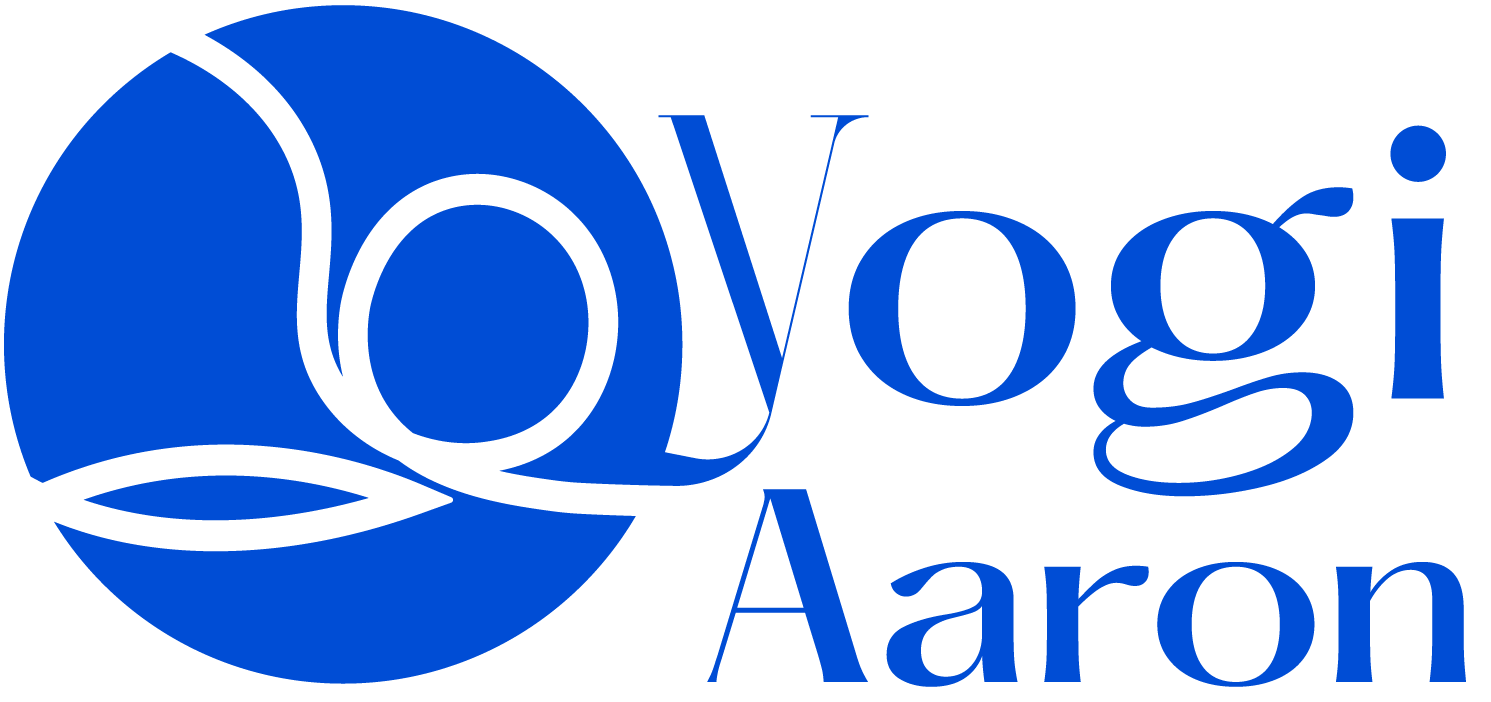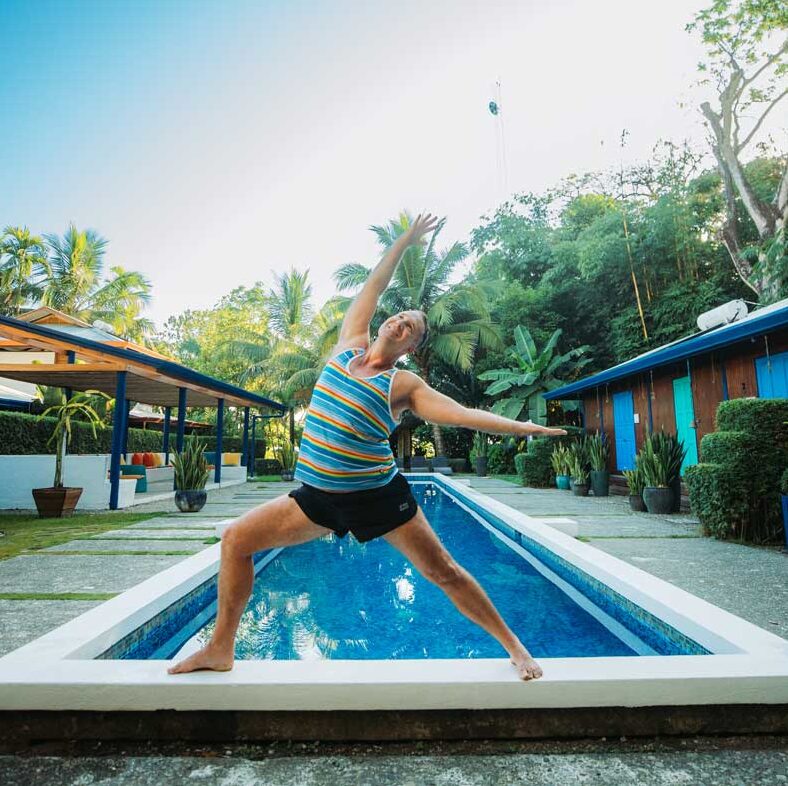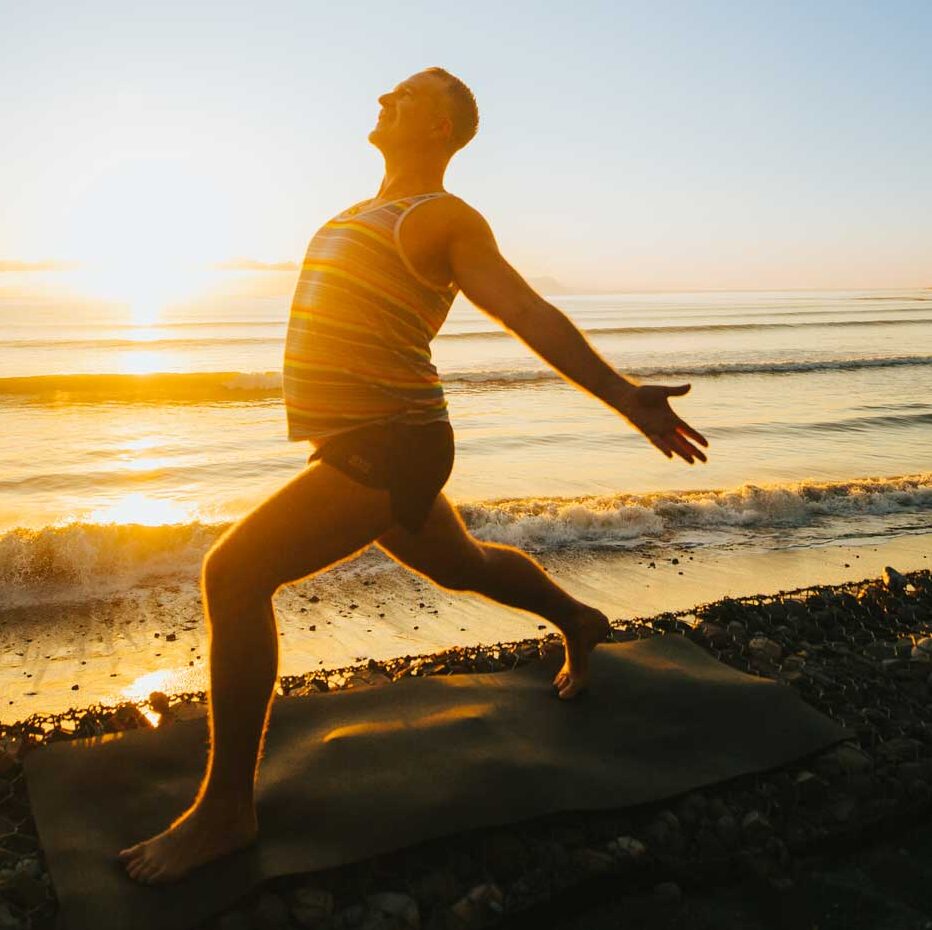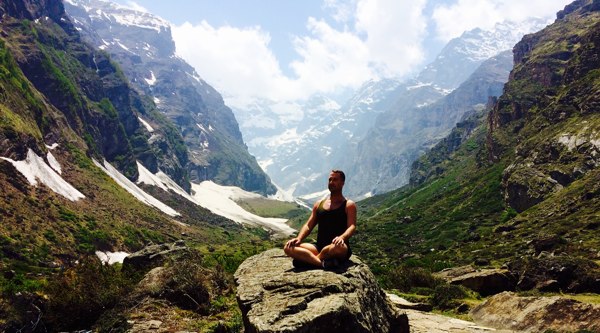If you’ve ever experienced sciatic discomfort, you already know how agonizing it is to search for a miracle cure for sciatica as pain radiates through your lower body.
You also know sciatic pain isn’t just a nuisance… it’s an excruciating disruption to your entire life.
Everyday joys like playing with your kids, strolling through the park on a sunny afternoon, or venturing out for a leisurely drive can feel impossible.
In the three decades I’ve been teaching yoga, I’ve lost count of the number of times my students have come to me, desperate for a way to cure sciatica permanently.
I get it because I’ve dealt with sciatic pain, too — pain so severe that I spent innumerable days in bed and narrowly averted a spinal fusion!
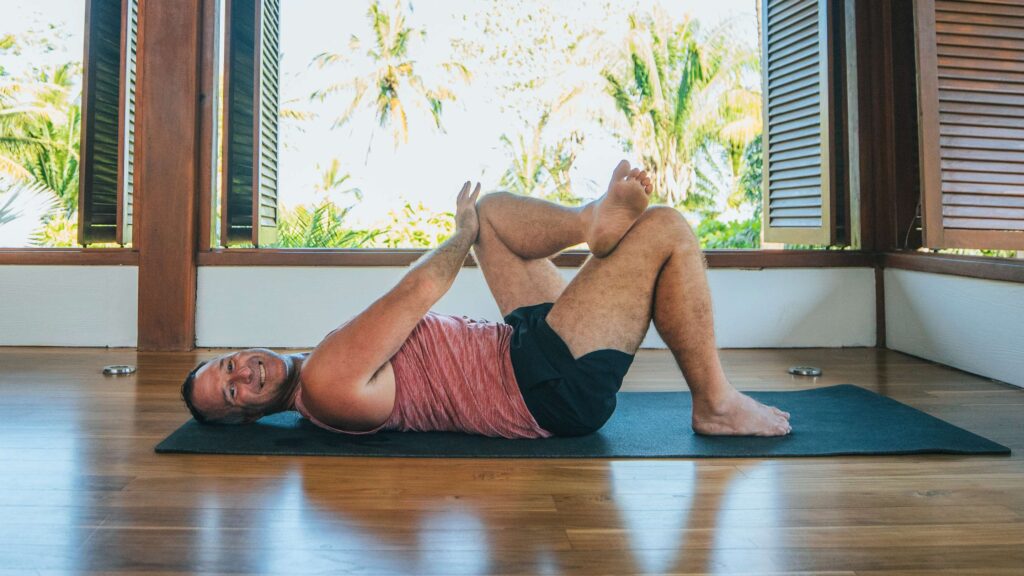
Now let’s get to the good news:
Sciatica is curable, and you can do simple yet profoundly effective exercises to start living pain-free today.
Remember that spinal fusion I miraculously sidestepped? I cured my sciatica by practicing the same muscle activations I’m about to share with you.
That said…
The number one “miracle cure for sciatica” that most yoga teachers (and even health care professionals) encourage is causing you more harm than good.
If you want to cure sciatica permanently and finally feel decidedly good in your body again, it’s time we talk about the one common mistake you’ve got to avoid when it comes to sciatica pain cures — and what to do instead.
Want to get pain-free in 7 days? Get free access to my pain-free series here!
What causes sciatic pain?
To understand what’s actually the most effective miracle cure for sciatica, we must first look at the underlying causes of sciatic pain — and that requires a brief anatomy lesson.
The sciatic nerve
The sciatic nerve, the largest nerve in your body, originates in the lumbar and sacral regions of the spine before branching out into a complex network of pathways that extend down each leg. This widespread reach of the sciatic nerve makes it susceptible to irritation and compression, leading to sciatic pain.
In other words, more often than not, sciatic pain is the result of something else going on in your body — something causing irritation and compression of the sciatic nerve.
One of the primary causes of sciatic nerve compression is a herniated or bulging disc in the spine. Intervertebral discs, which act as cushions between the vertebrae, begin to bulge and impinge upon the sciatic nerve, triggering sharp and shooting pain.
Now…
Take a sec to notice how you’re currently sitting. Is your back rounded? Are your shoulders slumped?
Poor posture, often due to prolonged hours hunched over a computer, can increase pressure on the intervertebral discs, causing disc degeneration or herniations (and, subsequently, sciatic pain.)
The piriformis muscle, located deep within your buttocks, can also play a role in developing sciatica. When this muscle becomes tight or inflamed, it can directly compress the sciatic nerve. This is why a lot of people tend to feel sciatica deep in their glutes!
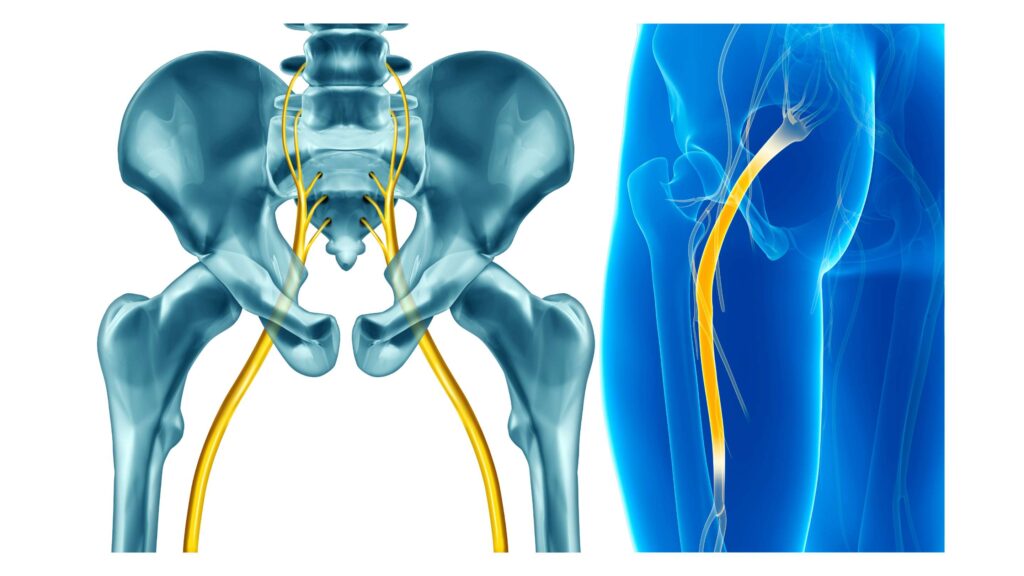
The “miracle cure for sciatica” you must stop doing
So, regarding the best cure for sciatica, we must understand what else is happening in the body — where we have weaknesses, imbalances, and instability.
And yet, have you ever told a yoga teacher you’re struggling with sciatica? What’s the first thing they instructed you to do?
Probably something like “open the hips” or “stretch out the glutes.”
There’s just one problem…
Stretching is the worst thing you can do regarding sciatic pain; it’s not a miracle cure for sciatica, and stretching doesn’t solve the underlying issues causing your sciatica.
In fact, it’s a myth that stretching has any benefits at all!
When dealing with sciatica, I know you intuitively want to do hip openers or grab your leg and stretch out your lower body. For years, I also stretched any time my sciatica began to rear (and that is exactly why I almost needed a spinal fusion.)
In short, after years of stretching, my brain didn’t know which muscle to contract to stabilize my spine, hips, and pelvic area. And my gluteal muscles were total deadweights when they should have acted as shock absorbers for my lower back.
This stretching resulted in a herniated disc pressing the nerves in my lower back and overstimulating my pain receptors, which triggered my sciatic nerve and created an inflammatory response.
Here’s what I want you to remember:
Stretching without addressing the underlying issues causing sciatic pain is like trying to douse a fire with gasoline; it’s an ineffective approach that only intensifies the flames of discomfort.
By actively engaging and strengthening the glutes and back muscles through targeted muscle activations, we restore muscle imbalances and improve strength and stability. This proactive approach alleviates the pressure exerted on the sciatic nerve to cure sciatica permanently.

AYAMA™ is a technique to reestablish neuromuscular connections so your brain and muscles can communicate effectively. With AYAMA, we reduce pain and risk of injury while increasing range of motion, muscle strength, stability, and alignment.
It’s a radical new way to practice yoga that focuses on activating and engaging the muscles — without stretching them out — and equips your muscles to handle everyday forces and stresses.
Put another way, if we genuinely want a sciatica pain cure, it’s time to stop stretching and start activating.
Experience it in action now! Join me for this FREE AYAMA™ practice!
The best cure for sciatic nerve pain
Let’s quickly recap:
If we are to successfully avoid injury and sciatic nerve pain, then we must strengthen the neuromuscular connection between the muscular system and the brain. We also want to pay attention to the curve in our lumbar spine and get any bulging discs back into the vertebrae.
One of the best ways to do exactly that is with extension poses, or backbends!
Now, there are numerous backbend poses that will encourage extension in the spine and serve as a cure for sciatica hip pain. But one of the simplest — and my miracle cure for sciatica — is Sphinx pose.
How to practice Sphinx pose to cure sciatica:
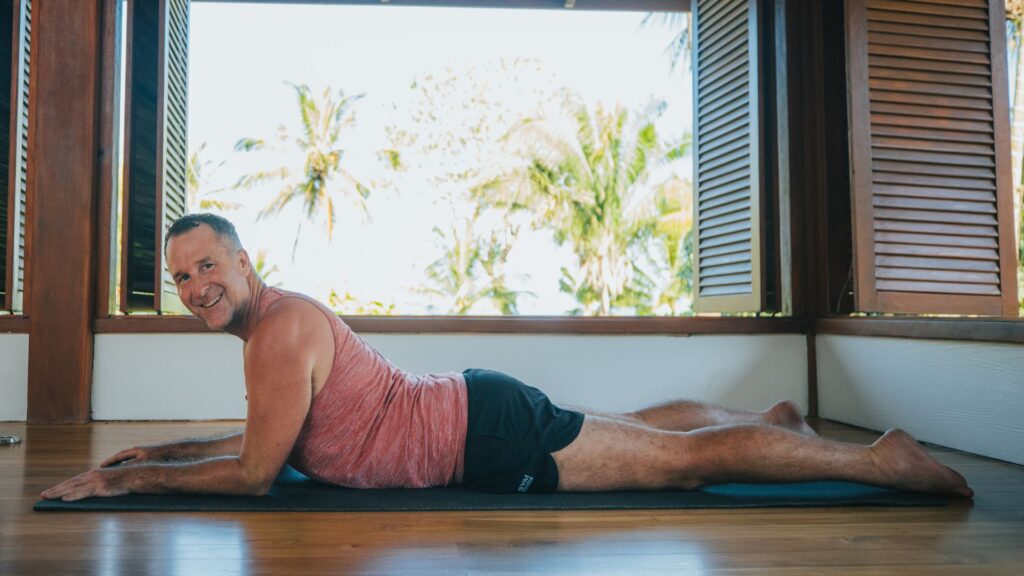
- Begin by lying on your belly with your legs extended straight behind you and your feet hip-width apart. Allow your forearms to rest on the mat, positioned parallel to each other, with your elbows aligned under your shoulders.
- Press your forearms and palms into the mat, engaging your arms and lifting your chest. Keep your shoulders relaxed and away from your ears, maintaining a broad, open chest.
- Draw your shoulder blades toward each other, creating a gentle opening in your heart center. Don’t strain or overarch your lower back.
- Take your gaze forward or slightly upward, finding a comfortable position for your neck and head.
- As you settle into Sphinx pose, focus on deepening your breath, allowing the gentle expansion of your chest and abdomen with each inhale, and the softening of tension with each exhale.
Stay in your Sphinx pose for five minutes. While here, you can walk your elbows to the right or the left to create a lateral opening in the vertebrae and target sciatic pain on either side of the body.
When it comes to a miracle cure for sciatica, in my experience, Sphinx pose is it! However, if you’re searching for other muscle activations to strengthen your glutes and relieve sciatic nerve pain, here are a few of my favorites:
Glute Bridges:
Lie on your back with your knees bent and feet flat on the ground. Engage your glute muscles and lift your hips off the floor until your body forms a straight line from your knees to your shoulders. Hold for a few seconds, then lower your hips back down. Repeat for several repetitions.
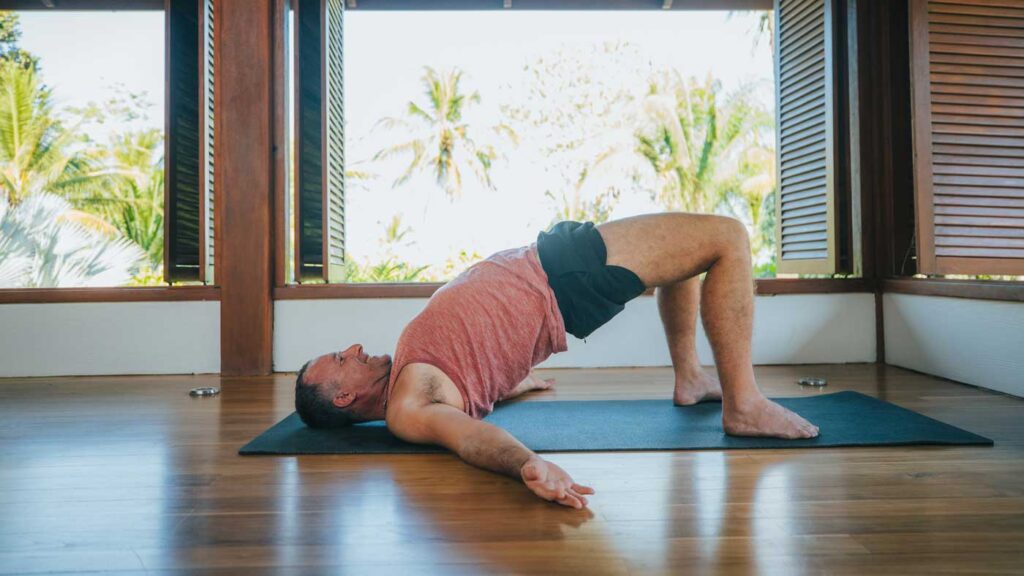
Clamshells:
Lie on your side with your knees bent and feet together. Keeping your feet touching, open your top knee while maintaining contact between your feet. Focus on activating the muscles on the side of your hip. Slowly lower your knee back down. Repeat on both sides.
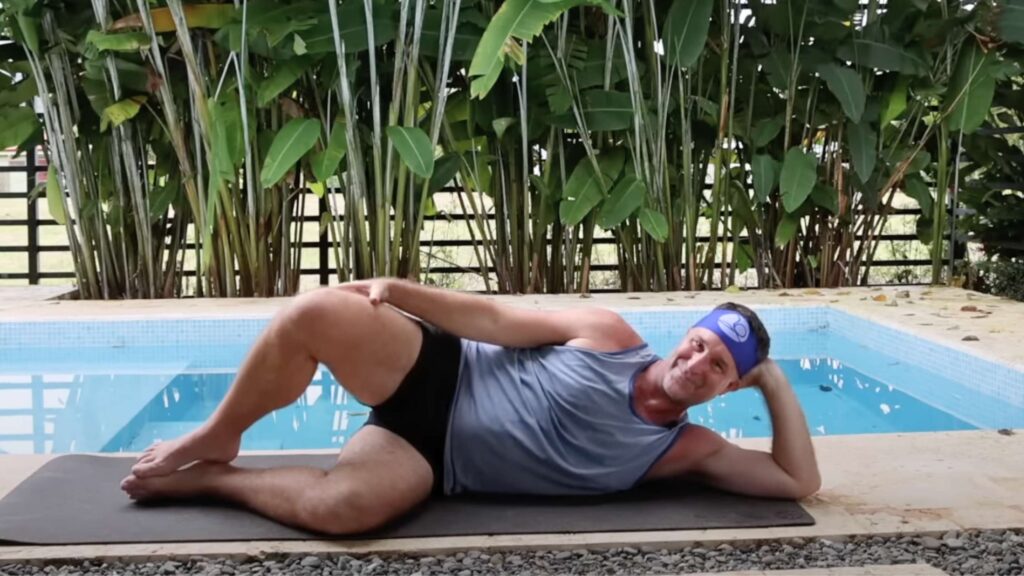
Bird Dogs:
Begin on all fours with your hands directly under your shoulders and knees under your hips. Extend your right arm forward while lifting your left leg backward, maintaining a neutral spine. Engage your core and focus on activating your glute muscles. Hold for a few seconds, then switch sides and repeat.
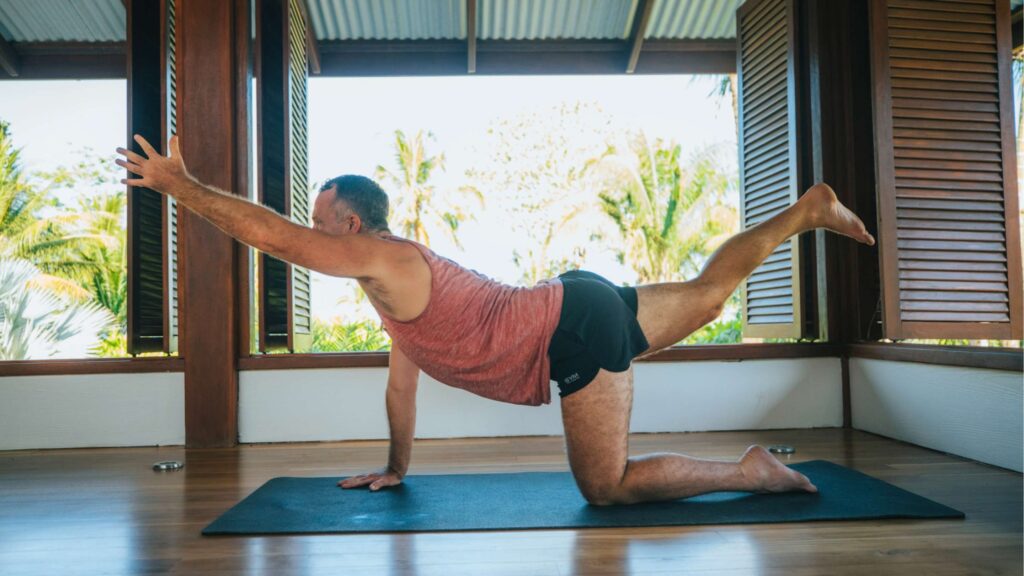
What is the fastest way to heal sciatica?
Well, that’s easy…
Stop stretching and start activating!
I’ve completely cured my sciatic nerve pain since implementing these AYAMA exercises over three years ago.
P.S. Still not sure why you should stop stretching? This is the deep dive for you.
How should I sit with sciatica?
Recall that poor posture is a leading cause of sciatica. Mindfully work on improving your posture to avoid bulging discs that press on your sciatic nerve. Even just a few minutes a day adds up!
Sit with your back straight and shoulders relaxed. Avoid slouching or hunching forward, as this can put additional strain on your lower back. Keep your feet flat on the floor and your knees at a 90-degree angle. Use a footrest to support your feet and maintain proper alignment if needed.
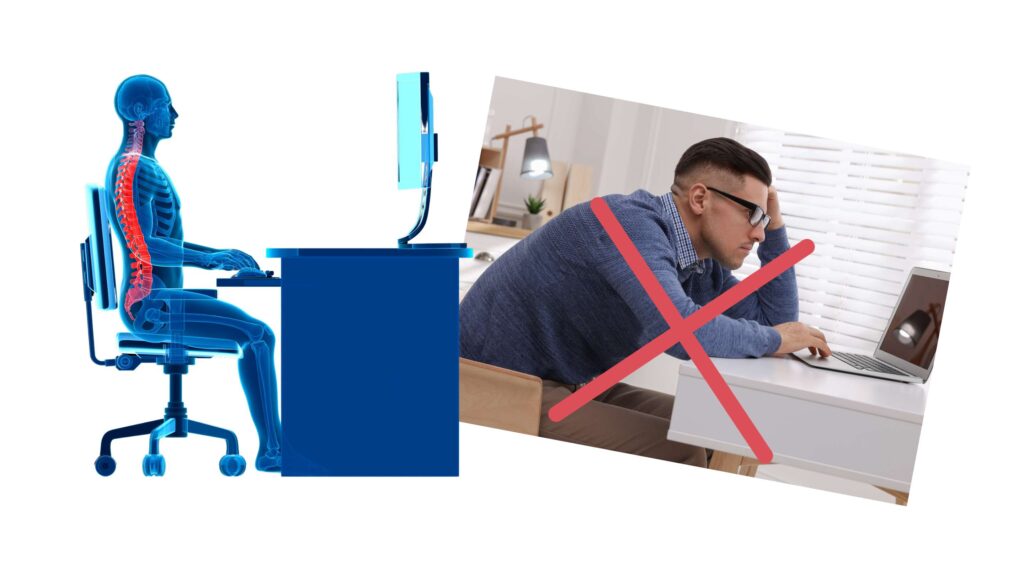
Are you ready to take charge of your health and discover natural solutions to alleviate your sciatica symptoms?
I started The Yogi Club to create an online, inclusive wellness space to help as many people as possible live pain-free lives and manifest their life purpose.
Whether you’re a yoga beginner, a seasoned practitioner, or searching a miracle cure for sciatica — you are welcome here!
From Applied Yoga Anatomy + Muscle Activation™ yoga classes, workshops, courses, sciatica relief videos, and teacher training programs to meditations and relaxation practices to inspirational virtual events — The Yogi Club is home to anyone desiring a deeper experience of yoga and pain-free life.
